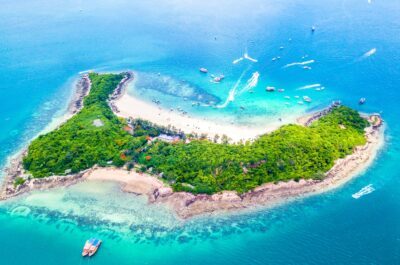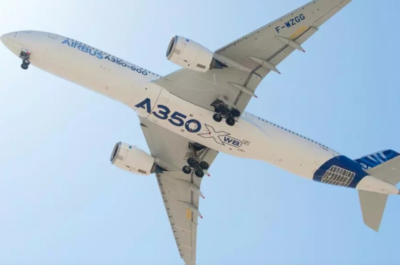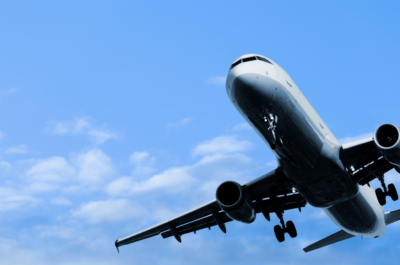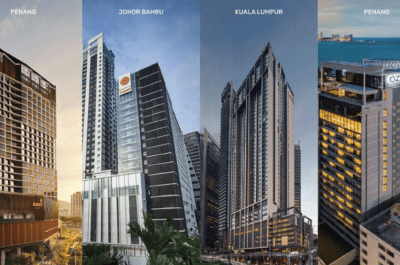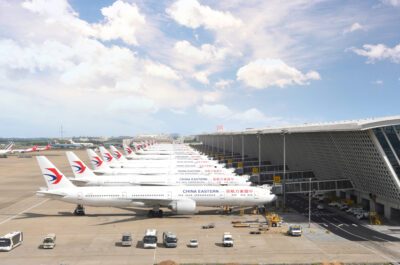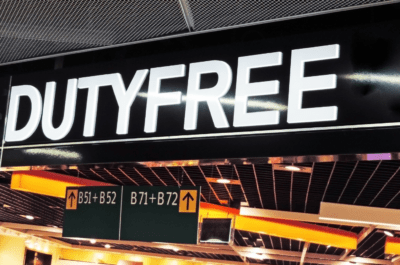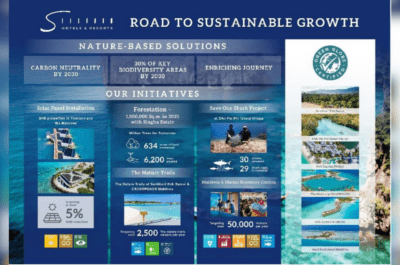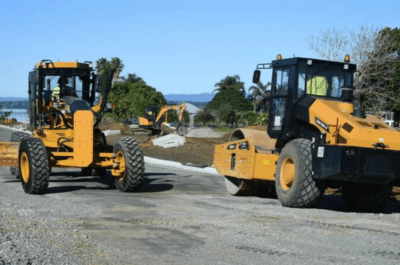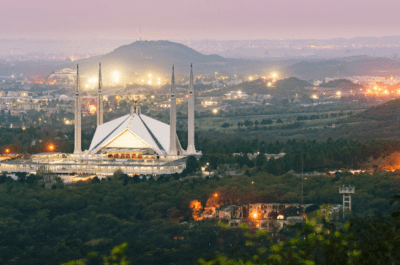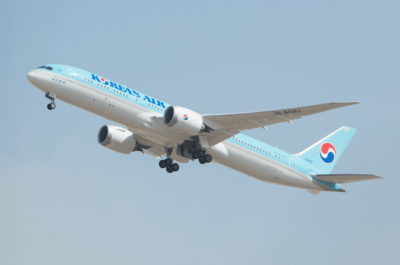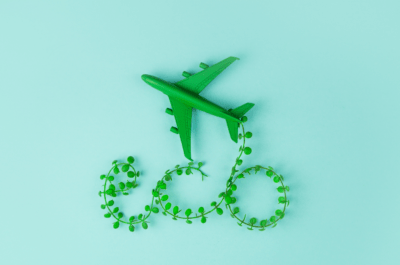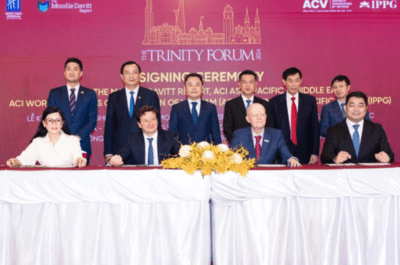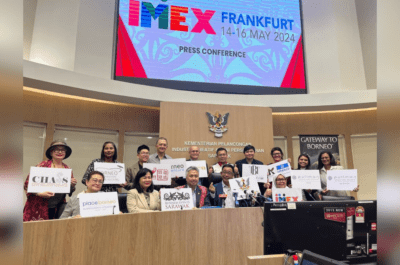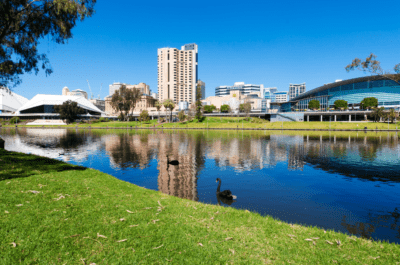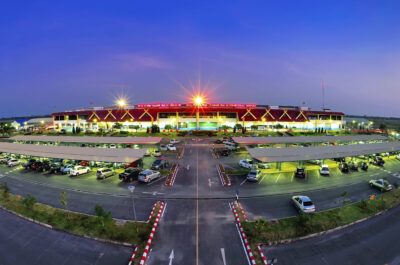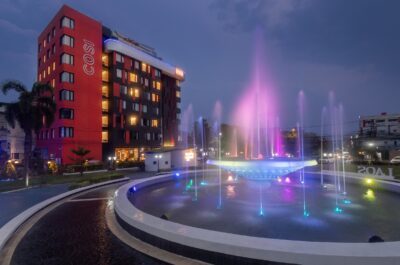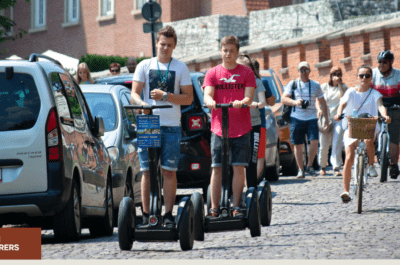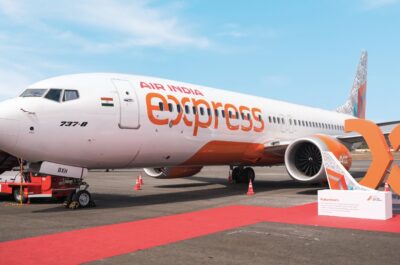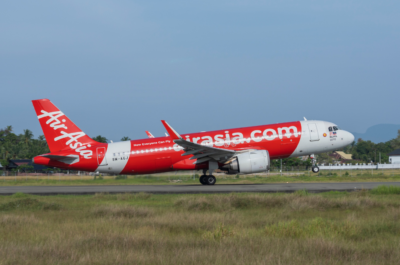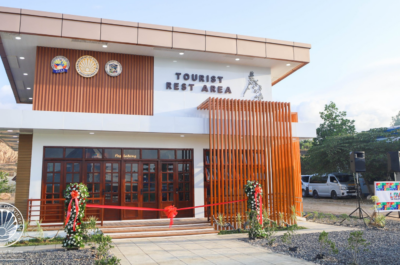Airbus’ Global Market Forecast (GMF) shows international traffic serving the Australia South Pacific region will grow annually at 4.5%.
The passenger aircraft fleet serving the Australia South Pacific region will grow from some 700 aircraft today to over 1,200 by 2033, with a doubling in the number of widebody aircraft. With aviation growth comparable with other mature markets such as North America and Europe, the region has the world’s highest propensity to travel per capita.
Airbus’ Global Market Forecast (GMF) shows international traffic serving the Australia South Pacific region will grow annually at 4.5%. Traffic to and from neighbouring developing markets will grow even quicker with traffic to Asia growing at 5.1%, Latin America 6.2%, Africa 6.3% and the Middle East 5.4%, which are all well above the world average (4.7%).
While the fleet serving the region will increase by 70%, widebody aircraft will more than double from some 290 today to over 640 by 2033. In 20 years, the passenger fleet serving the region will increase by nearly 500 aircraft (146 single aisles like the A320 and A320neo and 353 wide-bodies from 250 to over 500 seats such as the A330, A330neo, A350 XWB and the A380). The region’s propensity to travel (over three trips per capita) is almost double that of North America and it will remain the world’s highest at over four trips per capita by 2033. Domestically, traffic to and from Australia’s busiest airports, (Sydney, Melbourne, Adelaide, Brisbane and Perth) is set to double with an additional ~90 million passengers a year by 2033.
Today, some 70% of international traffic is within the wider Asia Pacific region including China (PRC) and this is set to grow as it becomes home to 40% of the world’s GDP by 2033. The PRC is Australia’s single biggest export market and increased air links will fuel business and tourism between the two. Today, Chinese travellers indicate Australia among their top destinations. Forecasts for Australian inbound tourism generally suggest nearly 10 million visitors a year by 2022. Today, 99.7% of these tourists arrive by air, and in the future will increasingly arrive on aircraft like the A330neo and for denser routes the A350 XWB and A380.
By 2033, the number of aviation mega-cities globally will double to 91. Today’s mega cities of Sydney and Melbourne will be joined by Perth, Brisbane and Auckland by 2033. These 91 centres of wealth will account for 35% of global GDP and will be served by high capacity aircraft like the A380, with some 95% of all long haul traffic travelling to from or through them.
Air transportation makes it possible to travel the region’s vast distances and helps connectivity at a global and country level providing economic benefits. In the last 10 years, Australia’s domestic traffic increased by nearly 90% for example, with a positive trend forecast to continue.
Globally, in the next 20 years (2014-2033), according to Airbus’ Global Market Forecast, passenger traffic will grow annually at 4.7% driving a need for around 31,400 new passenger and freighter aircraft (100 seats and above) worth US$4.6 trillion. The passenger and freighter fleet will increase from today’s 18,500 aircraft to 37,500 by 2033, an increase of nearly 19,000 aircraft. Some 12,400 older less fuel efficient passenger and freighter aircraft will be retired.
Theodore is the Co-Founder and Managing Editor of TravelDailyNews Media Network; his responsibilities include business development and planning for TravelDailyNews long-term opportunities.



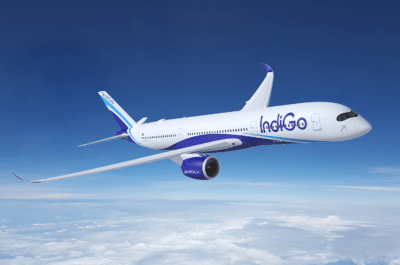



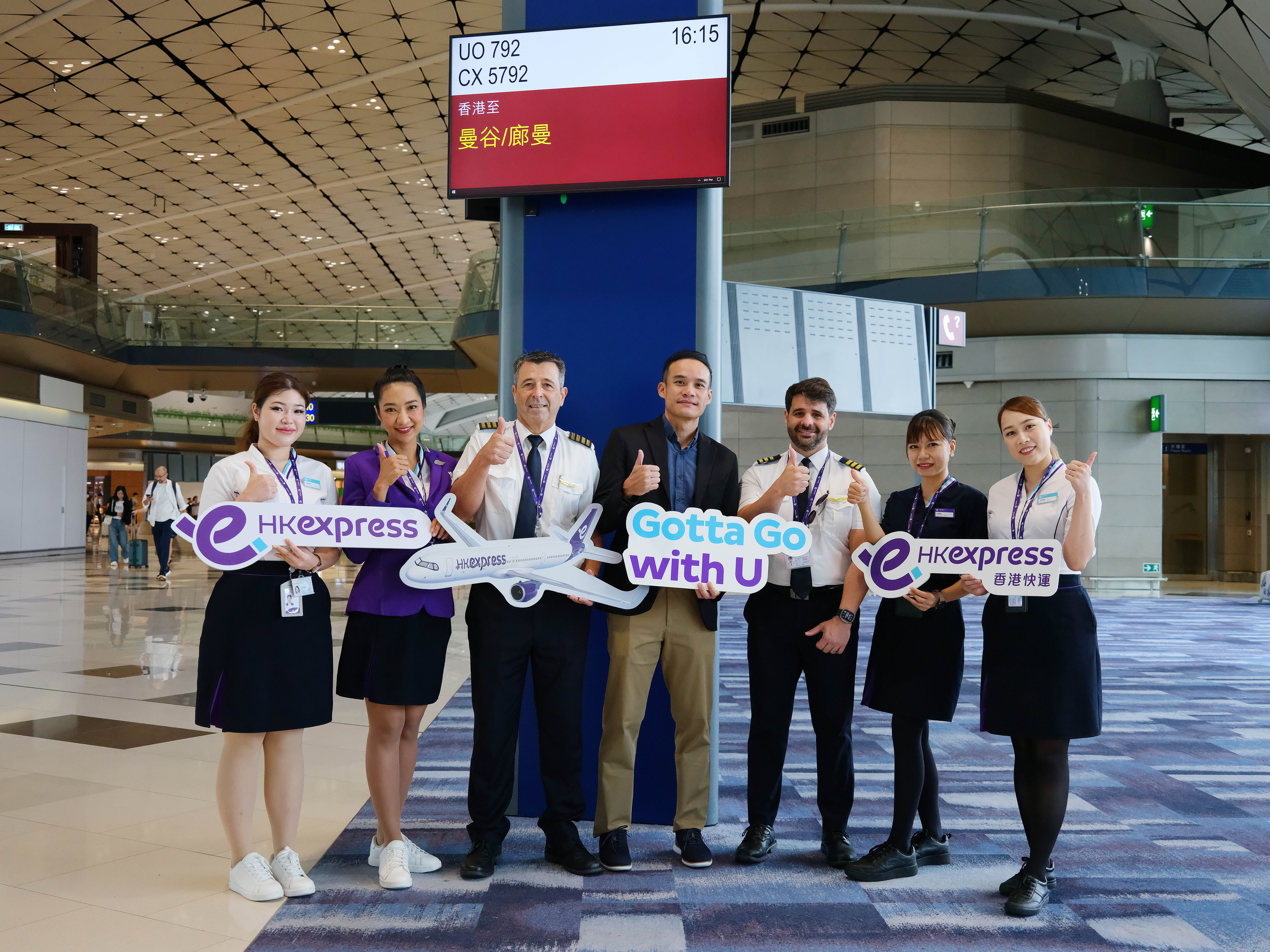





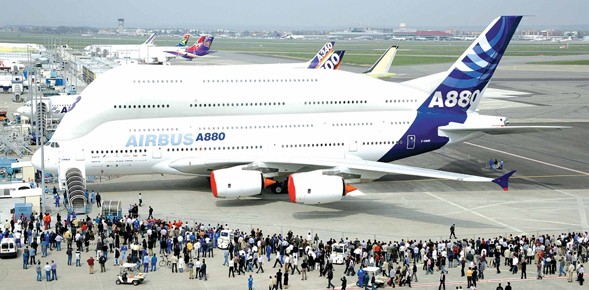




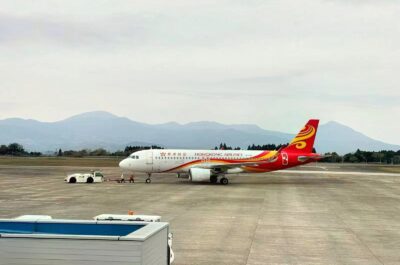




![[PR] PR_Ascott and Vimut Hospital_2024](https://www.traveldailynews.asia/wp-content/uploads/2024/04/PR-PR_Ascott-and-Vimut-Hospital_2024-400x265.jpg)

